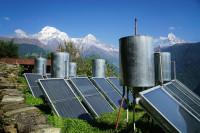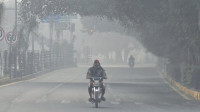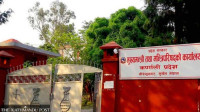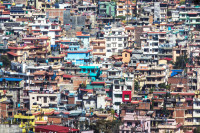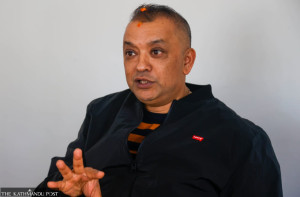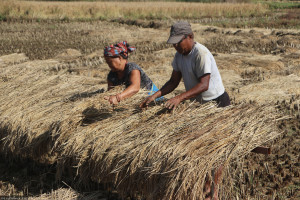Opinion
Trees or electricity?
Our work in forests and species conservation has been limited to the expansion of forests and protected areas (PAs) instead of making them productive for the wellbeing of the people.
Hari Krishna Uprety
Our work in forests and species conservation has been limited to the expansion of forests and protected areas (PAs) instead of making them productive for the wellbeing of the people. This has not only slowed down the pace of development but also created hassles in the implementation of priority projects. For example, if a hydropower project site is located in a forest area, the environment assessment (EA) approval process sometimes continues past the proposed commercial operation date (COD). This gives the wrong message to promoters and investors. Also, the oft-repeated statement that conservation and development can go together is exposed as a joke.
Paradigm shifts
In the past, development workers initiated a bold step to raise the existing EA threshold for hydropower projects from 10 MW to 50 MW. This step clearly reflects the need for a paradigm shift in policies from a conservative mindset to forward looking realities. Our conservation effort started with species conservation and today has reached the landscape level. However, conservation workers neither leave a way out for priority projects nor protect voiceless locals from wildlife attacks or threats from developers when they are gathering fodder and fuel wood. Some years ago, a team led by Constituent Assembly (CA) members had planted rice in PAs as a protest against the government’s heartless attitude.
This situation has raised a question whether conservation and development can work together or not. The declaration and expansion of protected forests or conservation areas is not the only method of carbon sequestration or climate change mitigation. This might be a trap set by the developed countries for the least developed countries (LDCs) to cover up their unwillingness or inability to cut carbon emissions through their own initiatives. In fact, this has become a dream project for a few people in the country who are engaged in this lucrative business.
If not, why aren’t the developed countries pumping substantial resources into infrastructure development in the LDCs instead of spending a lot of money to create illusions and fool the people? This was recently seen at Rio+20 where the developed countries ignored the LDCs’ priorities. Donor assistance doesn’t mean agreeing to fulfil unjustifiable requirements. The burgeoning number of donor-funded NGOs engaged in the field of forest conservation seldom speak up in favour of the country’s needs.
Priority sectors
The Nepal government has accorded priority to four sectors: hydropower, infrastructure, agriculture and tourism to encourage national and international investors. Against this backdrop, the government takes decisions to develop these sectors and remove possible obstacles in their way, but policymakers and line agencies take opposing decisions and send conflicting directives. For example, the Natural Resource Committee issued a directive to implement the transmission line project without cutting down a single tree. This instruction contradicts the government’s objective to develop hydropower projects at the earliest possible in a cost effective way. The 1 percent tax in the name of ecosystem services on the net profit of hydro projects has also retarded energy development. Hydro projects are developed based on load centre and energy demand. Transmission of electricity over long distances means significant technical losses. Therefore, transmission lines need to be built over the shortest possible route through forests to reduce technical losses, avoid possible casualty risks and manage demand load. Why is this reality being ignored?
The district where a hydropower project is located receives 12 percent of the energy revenues annually through local governments until federalism is implemented. Moreover, hydropower projects allot a certain percentage of their shares to locals to help enhance their living standards. The host district is also untouched by load-shedding which means people can switch from wood fuel to electricity for household cooking that substantially reduces the dependency on forest resources. Further, power projects are required to pay all applicable taxes to the government right from the survey phase to the COD stage and even after that.
Project developers are required to plant two trees for every one they cut down. Old trees that have been felled for project development, if managed properly, can reduce our business losses while importing forest products such as furniture from foreign countries. The government has initiated a leasehold forestry programme with donor assistance to support poverty reduction objectives by promoting a green economy.
Leasehold forest users are generally involved in non-timber forest product programmes in degraded and marginal forests areas. The profits of hydropower projects go towards helping even these users to improve their living standard besides aiding them to switch from forest-based occupations to electrical businesses. This provides them with new avenues of income generation that lessen the pressure on forest use and enhance their protection. In this context, the government can devise an enabling policy environment and reduce tariffs to favour poor people of affected villages to increase their per capita energy use. Let’s compare the income earned from surplus energy and share dividends with the income earned from carbon trade created by implementing forestry programmes.
Uprety is an expert on socio-environmental issues




 11.12°C Kathmandu
11.12°C Kathmandu

